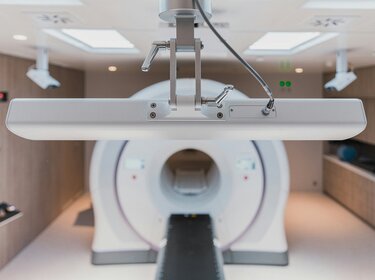On December 3, 2024, the EPSCO Council discussed a joint position paper by nine EU member states on necessary reforms to the MDR and IVDR regulations. The TÜV Association has provided its perspective on key priorities, including reducing administrative burdens, centralizing system management functions, introducing predictable certification procedures, tailoring regulations for innovative products, and addressing the needs of specific patient groups. The goal is to streamline regulatory processes while ensuring patient safety.
MDR and IVDR Reform: TÜV Association Advocates for Reduced Bureaucracy and Enhanced Patient Safety



